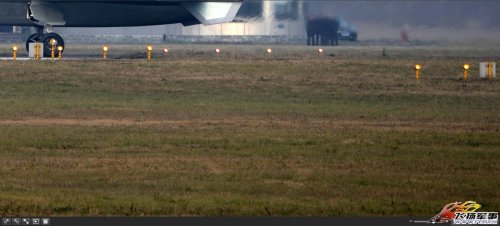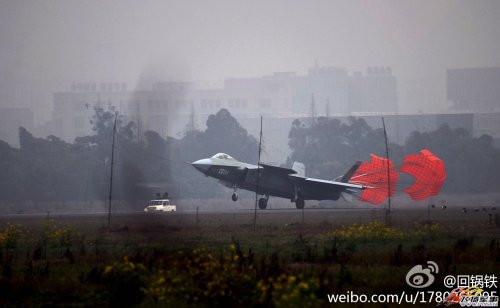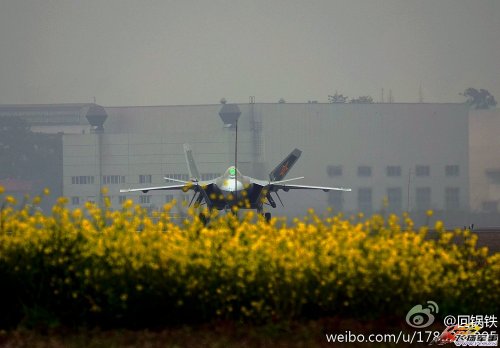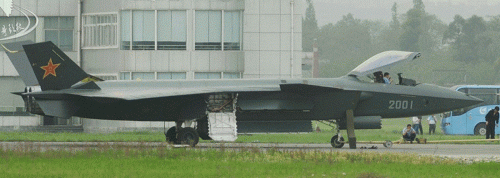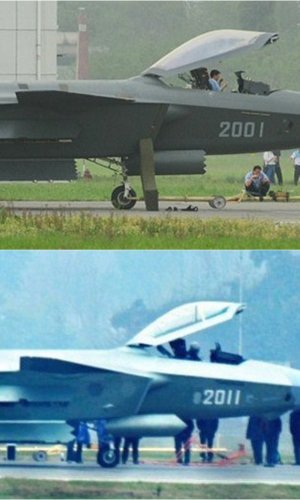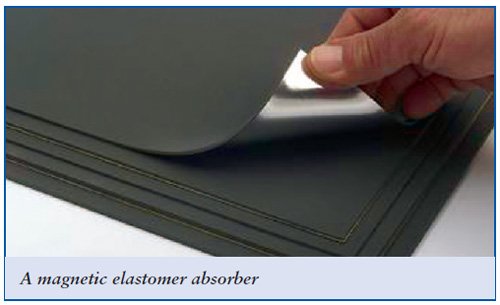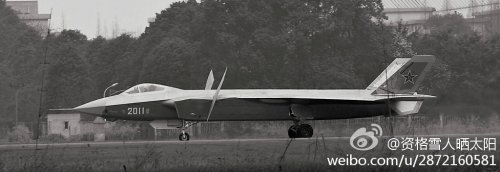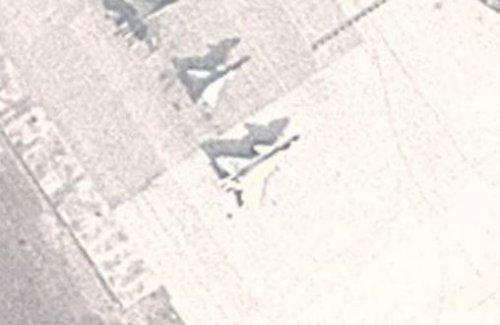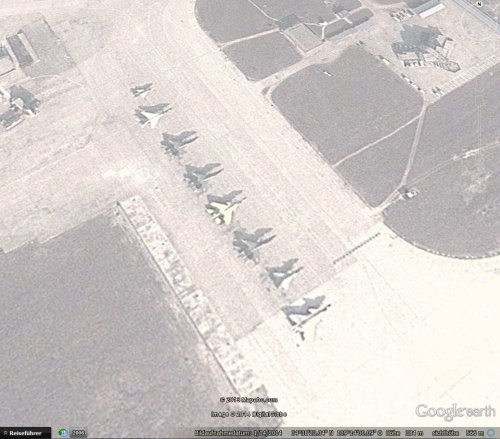- Joined
- 27 December 2005
- Messages
- 17,760
- Reaction score
- 26,515
latenlazy said:PaulMM (Overscan) said:RadicalDisco said:Is it me, or is it that the wing LERX is no longer curved?
Bit hard to tell without higher res pics, but it looks like it might be.
The odd material on the tail edges is harder to explain unless its a rough external "blanket" of RAM for testing purposes. Any ideas?
Are you talking about the tailbooms?
No - the different colour material on the edges of the vertical tails and ventral fins.

